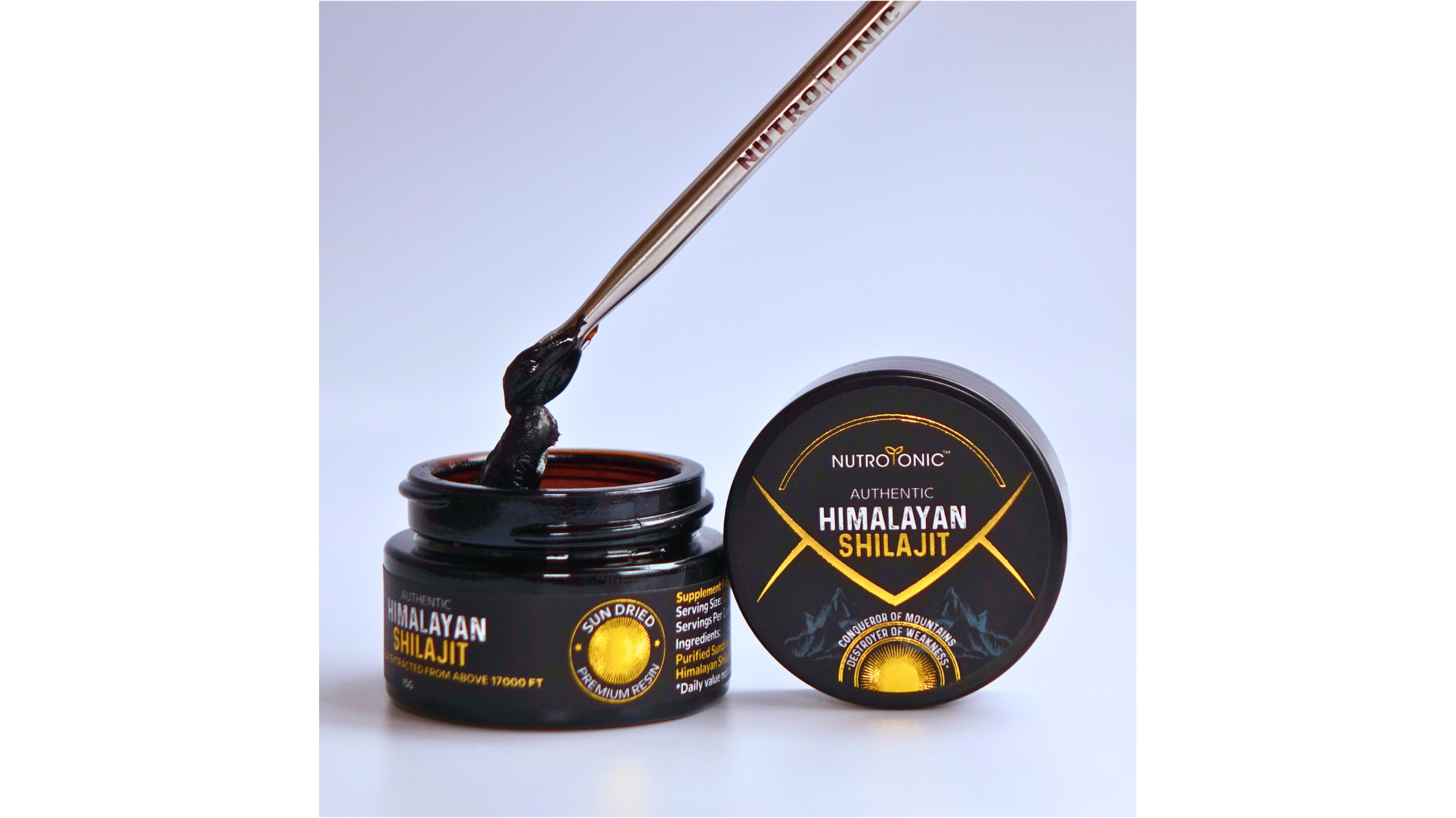With so many shilajit products out there these days, how can you tell which ones are the real deal? NutroTonic covers some of the easiest ways to test for purity and authenticity in its guide.

You may have already heard about shilajit. This Ayurvedic ingredient is becoming more popular among natural health practitioners, and for good reason! But a lot of bad-faith actors are trying to cash in on the fad, so to speak, and they’re doing it by creating cheap knock-offs that are chock-full of fillers, chemicals, and other potential contaminants. Luckily, NutroTonic is very informed on everything that has to do with shilajit, and it will explain how you can tell fake shilajit from the real deal with a few simple tests.
Visit https://nutrotonic.com/blogs/news/how-to-test-shilajit-gummies-for-purity-a-diy-guide to read its guide!
One possible reason why vendors are churning out lower-quality products may be because of how elusive shilajit is. Shilajit is a rare, resin-like ingredient that is frequently used in traditional South Asian cultures, often as part of folk remedies or beverages. It is found in mountain ranges around the world, but the highest-quality sources are believed to be in the Himalayas at elevations of 17,000 feet and above.
But people still want it. After all, much research has examined the properties of shilajit, finding it to be rich in fulvic acid, antioxidants, and minerals and suggesting potential uses in various fields of medicine.
As a naturally occurring, plant-based ingredient, shilajit has also garnered interest among health communities, spurring demand for products that contain it. According to NutroTonic’s guide, this has led to a growing number of imitations, which may be hazardous due to the presence of heavy metals, pesticides, fillers, and other contaminants.
Don’t worry, though. It’s actually really easy to determine the authenticity of shilajit-based products. There are a couple of tests you can perform at home, and they don’t even require much equipment.
First, imitations will have visual and tactile clues you can use to distinguish them from authentic products. Because shilajit is naturally dense and opaque, transparent, translucent, or overly shiny products often point to impurities or excessive processing methods.
You can also taste the ingredient to determine its quality; as shilajit has a bitter, earthy taste, unnatural sweetness typically indicates the presence of added sugars and artificial flavors. If all you want is the natural goodness of shilajit, then those synthetic additives are definitely unwelcome.
Additionally, you can perform a burn test to check any products you buy. When heated, pure shilajit will bubble, soften, and become sticky without burning or producing plastic-like residue; products that remain hard or brittle, catch fire, or emit an unnatural odor after being exposed to warm temperatures are likely fake or impure.
Spending lots of money on shilajit products only to learn that you’ve bought a bunch of fakes is a real bummer, though. But honestly, you can’t go wrong if you choose vendors who are transparent about their production methods and provide third-party lab results publicly.
A little bit of research will take you a long way as well, so make sure you check for verified customer testimonials and independent reviews. This will help you determine whether a manufacturer is reputable and whether their products actually work.
There are other ways to choose trustworthy shilajit vendors, and NutroTonic covers more tips you may find helpful if you’re looking to incorporate this ingredient into your life. Check out all the resources available on https://nutrotonic.com/ and arm yourself with the knowledge you need.
